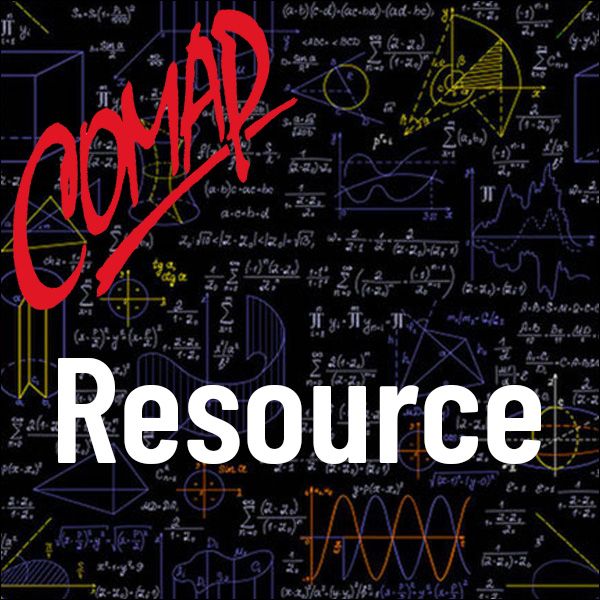Evolutionary Game Theory : The Game of Life (Teacher)
Author: Published by COMAP, Inc. in conjunction with DIMACS, Rutgers University.
What is the BioMath Connection (BMC) Project?
BMC was a pioneering project linking biology and mathematics in the high schools. It provided an opportunity for high school teachers, writers, researchers, and others to get in on the ground floor of developing innovative classroom materials. The materials consist of 20 modules that can be flexibly adapted for use in a variety of courses at a variety of grade levels in both biology and mathematics. The project was run by DIMACS at Rutgers University in collaboration with the Consortium for Mathematics and its Applications (COMAP) and Colorado State University (CSU).
This unit examines the role that behavior plays in evolutionary fitness. Through studying and playing games, students will develop an understanding of natural selection as organisms compete for limiting resources (e.g. food, water, space, mates, safety, etc.). Traditionally, this idea is developed in the high school curriculum by focusing on adaptations due to the physical phenotype of the organisms. This unit will look specifically at behavioral choices made to obtain the resources organisms need for survival and for reproduction. The possible choices in this unit have been termed Moderate or Greedy. Moderate means that the player will take only the resources that can be attained without confronting the other player for control of the resources. Greedy indicates the player will confront the other player for control of the resource even if the resource is not immediately needed. By playing the game for M & M's, students will develop different strategies under different conditions and examine the effects of these strategies on survival. If this behavioral trait is due to a genetically inherited variation, then these genes may be passed to the next generation. Those that are more successful will survive to live another day and perhaps even go on to reproduce. Unsuccessful individuals will not reproduce and will die before passing their genes on to the next generation. The successful individuals will pass their genes on to their descendants; therefore, having only the genes of.
Topics
Biology: Evolution in terms of genetics, competition and natural selection.
Mathematics: Application of game theory, to include understanding strategies and maximizing outcomes, to analyze behavior in terms of evolutionary fitness.
Prerequisites
Biology: An understanding of the basic ideas of evolution, competition and survival of the fittest.
Mathematics: Basic mathematics operations and an understanding of ratio and percent.
Length
This unit consists of 5 lessons and will take 5-7 class periods (45 minutes each) if the majority of the work is done during class. Length will vary depending on whether the activities and questions are each done individually, in groups or as a class.

Mathematics Topics:
Application Areas:
Prerequisites:
You must have a Free Educator Membership or a paid Full Membership to download this resource.
If you're already a member, login here.